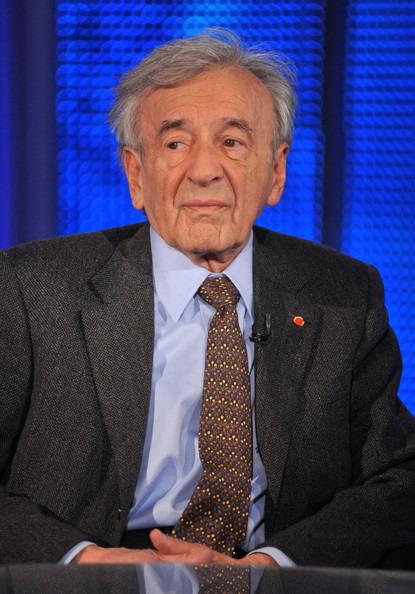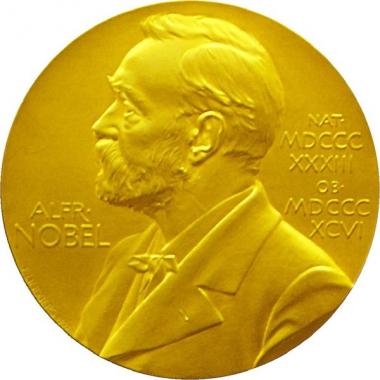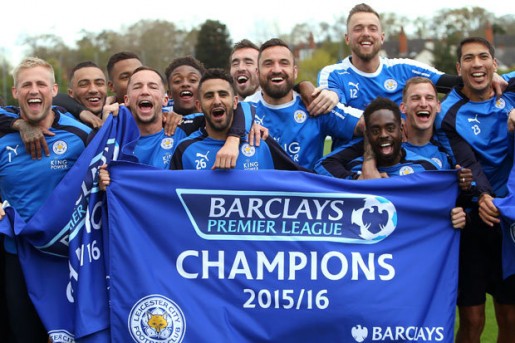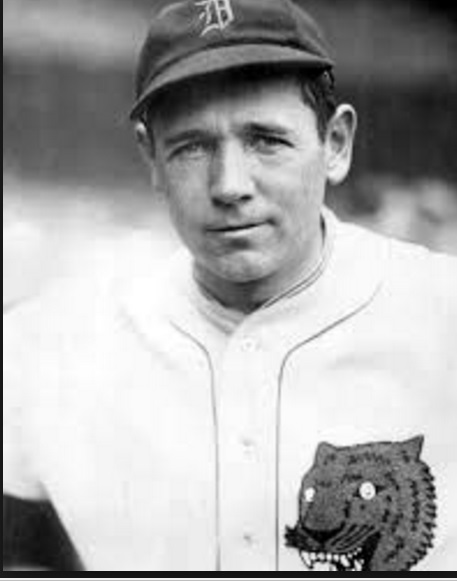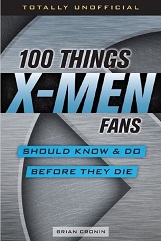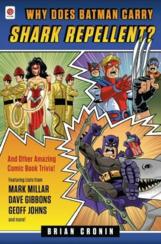Did Vladimir Nabokov Work an Actual Baseball Headline Into One of His Novels?
Here is the latest in a series of examinations into urban legends about baseball and whether they are true or false. Click here to view an archive of the baseball urban legends featured so far.
BASEBALL URBAN LEGEND: Vladimir Nabokov worked an actual baseball headline into his acclaimed novel Pale Fire.
Vladimir Nabokov was one of the most acclaimed writers of the 20th Century, both as a novelist (with his most famous work being 1955’s Lolita and as a non-fiction writer (his memoir, Speak, Memory, was one of the most acclaimed autobiographies of the century). While Lolita is both his best known and most celebrated work, his 1962 novel, Pale Fire, is nearly as revered.
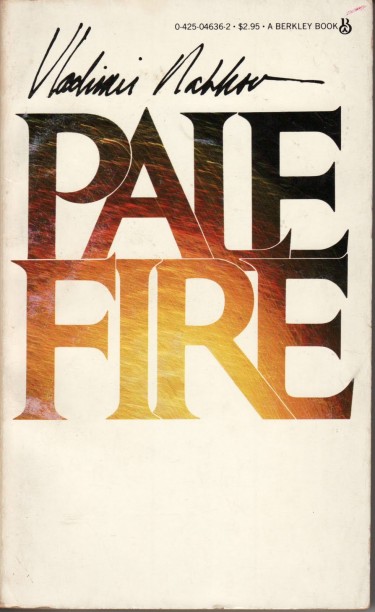
Pale Fire is a uniquely designed novel. It is framed as a long poem by a fictional poet, John Shade, along with a commentary on the poem by the editor of the book, Charles Kinbote. As Kinbote examines the poem, he shares insights into Shade and, ultimately, Kinbote himself.
A much-discussed part of the novel is in lines 97-98 of Shade’s poem (emphasis added)
I was brought up by dear bizarre Aunt Maud,
A poet and a painter with taste
For realistic objects interlaced
With grotesque growths and images of doom.
She lived to hear the next babe cry. Her room
We’ve kept intact. Its trivia create
A still life in her style: the paperweight
Of convex glass enclosing a lagoon,
The verse book open at the Index (Moon,
Moonrise, Moor, Moral), the forlorn guitar,
The human skull; and from the local Star
A curio: Red Sox Beat Yanks 5-4
On Chapman’s Homer, thumbtacked to the door
Later, Kimbrote explains the line thusly:
Line 98: On Chapman’s Homer
A reference to the title of Keats’ famous sonnet (often quoted in America) which, owing to a printer’s absent-mindness, has been drolly transposed, from some other article, into the account of a sports event.
Obviously, it is a reference to John Keats’ famous poem, “On First Looking into Chapman’s Homer.” But is it also a real headline?
Read the rest of this entry »
Tags: "On First Looking into Chapman's Homer", Ben Chapman, Boston Red Sox, Charles Kinbote, Hanes Fig Leaf Brief, John Keats, John Shade, Life Magazine, Lolita, New York Yankees, Pale Fire, Speak Memory, Talon Trouser Fastener, Vladimir Nabokov
July 22nd, 2016 | Posted in Baseball Legends | No Comments


